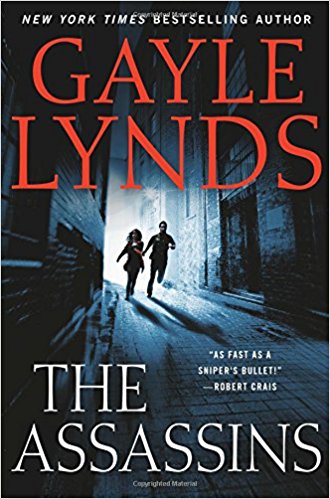MWSA Review
In Rescue from Innocence, author Joseph Flint gives us a hard-to-put-down, action-packed, riveting mystery/thriller based on actual events. The main character, Walter Judge, finds himself embroiled in a web of deceit with money-hungry politicians, brutal thugs, third-world dictators, and investigative reporters trying to get to the bottom of a cauldron of corruption. Judge, a former Army Ranger and Vietnam chopper pilot works for a private helicopter outfit, testing experimental aircraft. Finding himself questioning the motives and legalities of his boss's dealings with a company in Chile, Judge becomes more involved in an effort to stop the activities of greedy men while realizing that he's become an expendable pawn in an intricate international plot. Judge has to outwit forces of evil wanting to destroy him and the love he has found in the midst of all the violence. I recommend this book but buckle up, you are in for a ride.
MWSA Review by Nancy Panko (June 2018)
Author's Synopsis
Rescue from Innocence is a historical fiction adventure novel inspired by true events. Walter Judge thought he had put the dark days of Southeast Asia behind him. He tries a comfortable life testing aircraft for a small Texas firm when a mysterious call from an old friend hints at trouble. He arranges to meet after her return from an overseas assignment, but she never arrives. His attempt to solve the riddle nearly costs him his life and thrusts him into being the key player in a clandestine project to supply Saddam Hussein with American gunship helicopters. A chance to sidestep disaster in favor of a life-altering love affair is ruined when kidnapping and murder force his continued involvement until he formulates a plan to foil the conspiracy and find the men behind it.
ISBN/ASIN: ISBN-10: 1479799068 ISBN-13: 978-1479799060 ;ISBN-10: 147979905X ISBN-13: 978-1479799053 ;ASIN: B00BN5QZCI
Book Format(s): Hard cover, Soft cover, Kindle, ePub/iBook
Genre(s): Historical Fiction, Mystery/Thriller, Romance
Review Genre: Fiction—Historical Fiction
Number of Pages: 341




















